
Knoll
Since 1938, Knoll has established itself as an icon and innovator of modern design.
Order developed an identity system that builds on Knoll’s fundamental philosophy of “total architecture”, reinforcing their brand legacy and the harmony their furniture creates in space.
Collaborators
—
Project team
Jesse Reed, Partner
Garrett Corcoran, Designer
Megan Nardini, Operations
Brooklyn Office
Staying true to the Bauhaus philosophy, Knoll has collaborated with prominent designers and architects to create some of the most influential pieces of design.
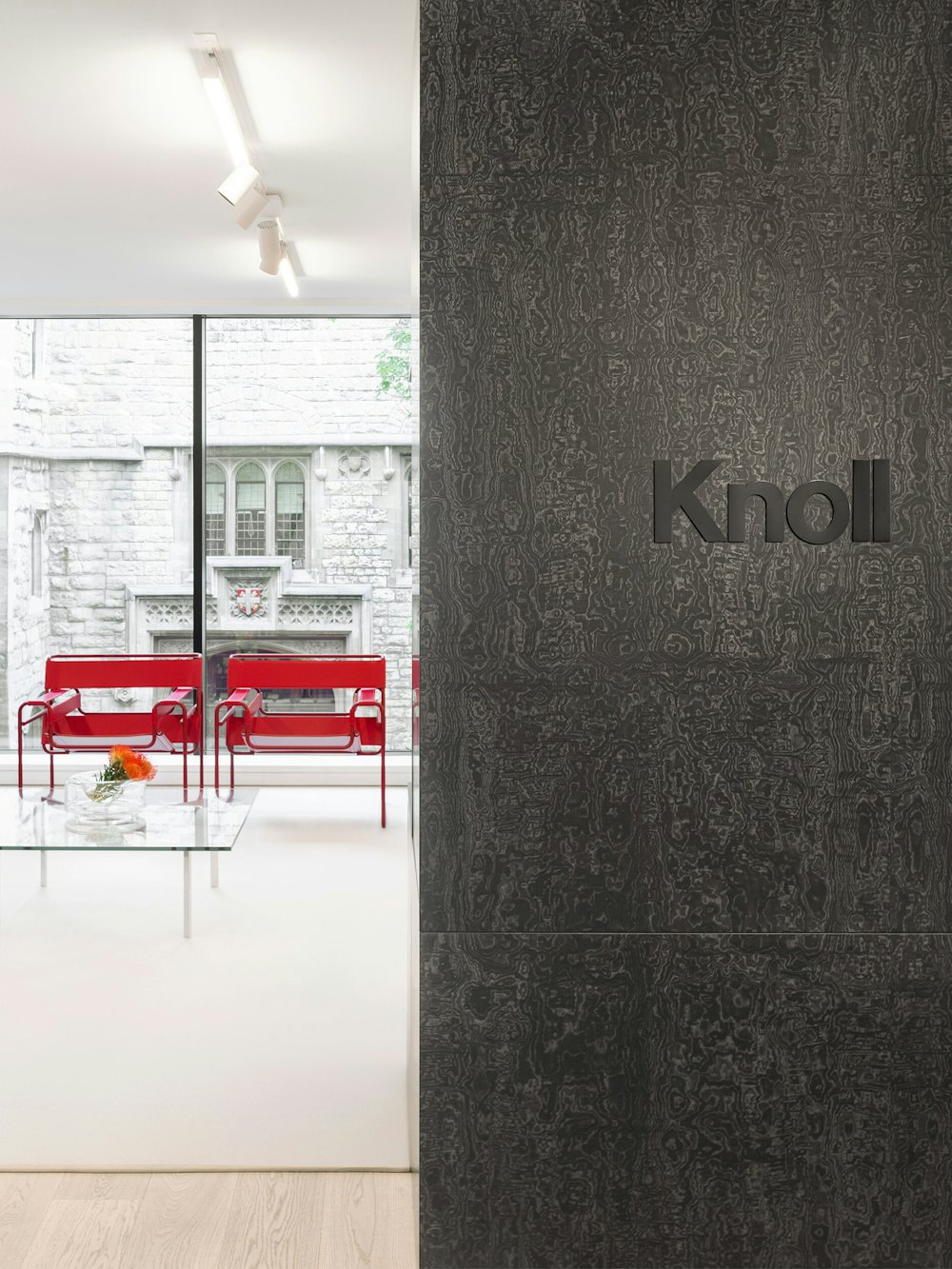

History: The guiding philosophy
The process began with an extensive look back into the Knoll archives to understand the people, ideas, and products that have shaped their past.


Knoll’s history and roots begin with the ideas and philosophy of the Bauhaus and Cranbrook, institutions focus on the importance of craft and art in the machine age.

1938
The Hans G. Knoll furniture company is established at East 72nd St. in New York, dedicated to bringing a modernist vision to America.
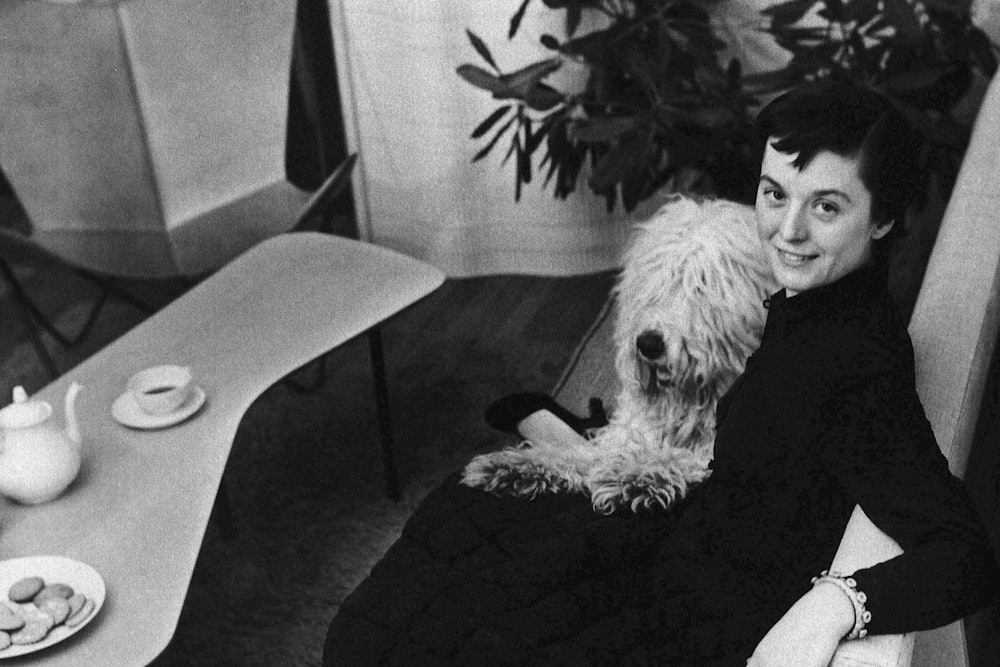
Florence Knoll (Schust) demonstrated an early interest in architecture, later studying at Cranbrook under Eliel Saarinen and joining Knoll in 1941.

While studying at the Bauhaus, Marcel Breuer revolutionized the world of furniture design with experiments in tubular steel creating the Wassily and Cesca Chairs.
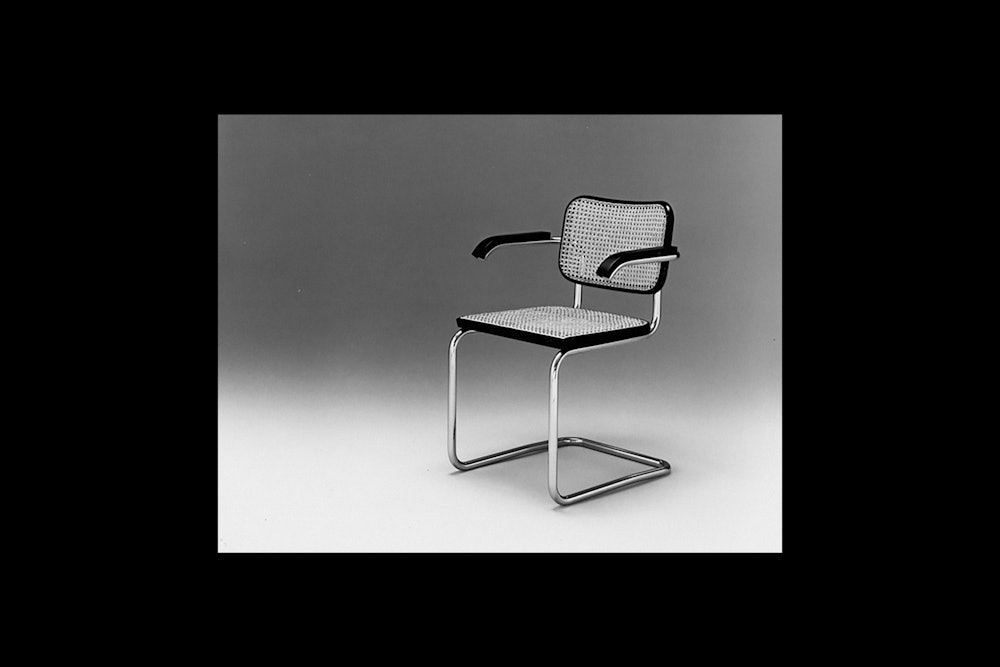

1941
Hans Knoll establishes the first Knoll manufacturing plan in East Greenville, Pennsylvania.

1942
The first Knoll catalog is printed.

1946
Florence establishes the Knoll Planning Unit with the opportunity to control the design of entire spaces.

1946
Florence Knoll hires Herbert Matter to revamp the Knoll public image, Matter’s work would go on to define the look of Knoll for years to come.

1947
Herbert Matter redesigns the Knoll typeface, creating the iconic “circle K” logo.
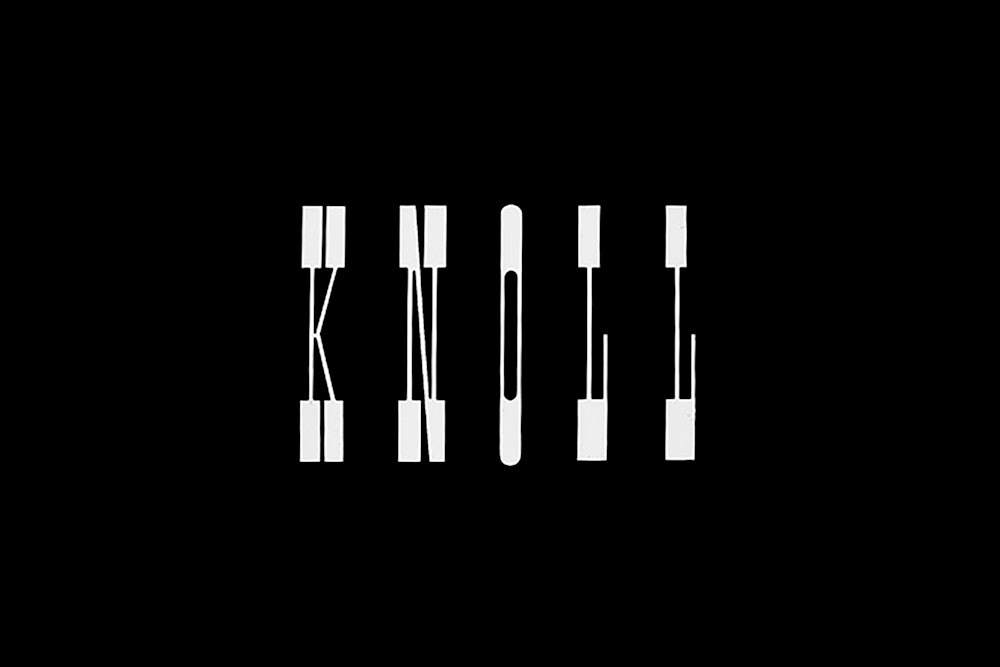

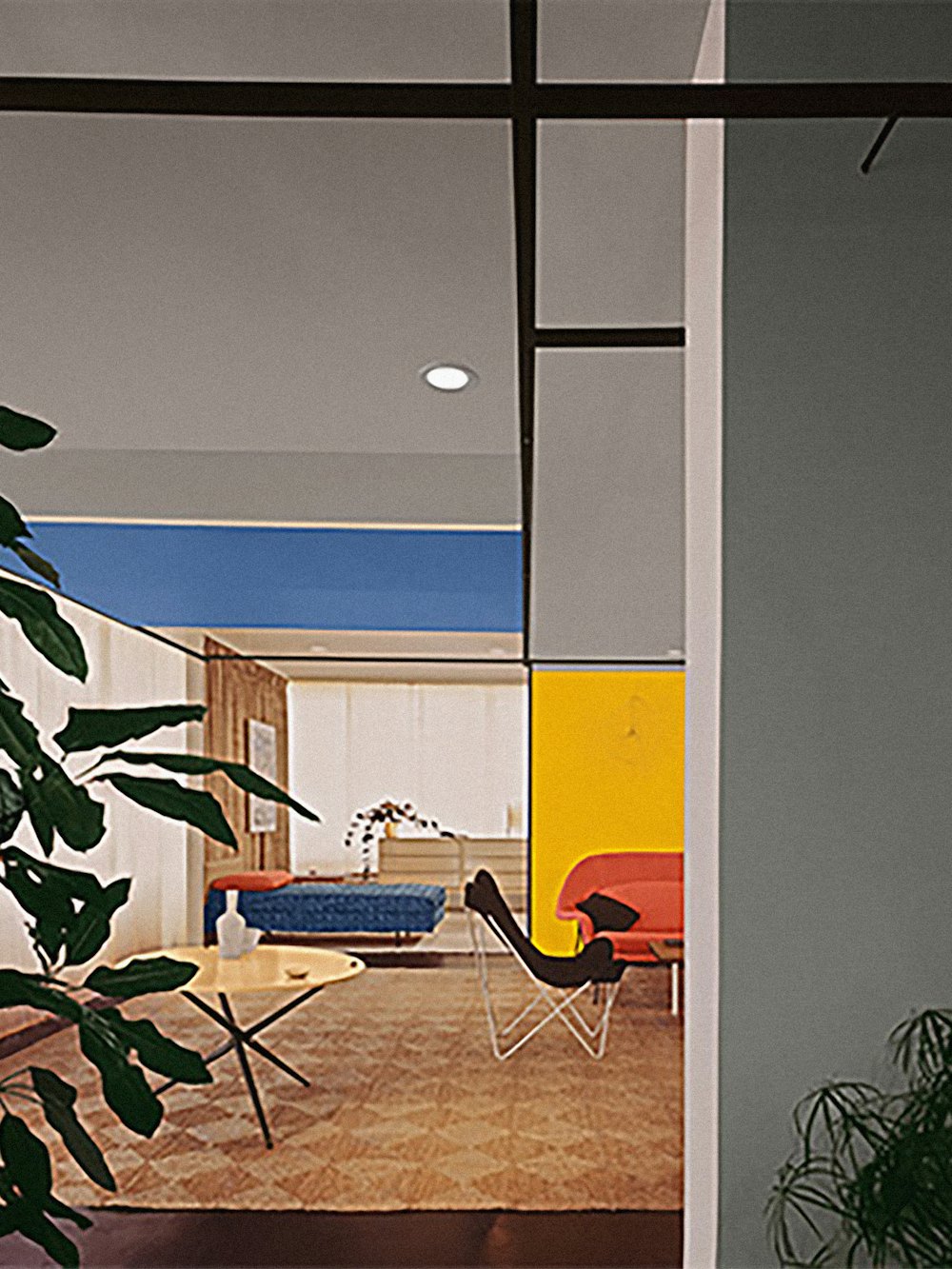

Over the next few decades, Knoll continued to create revolutionary innovations in both product design and space, embracing total design.


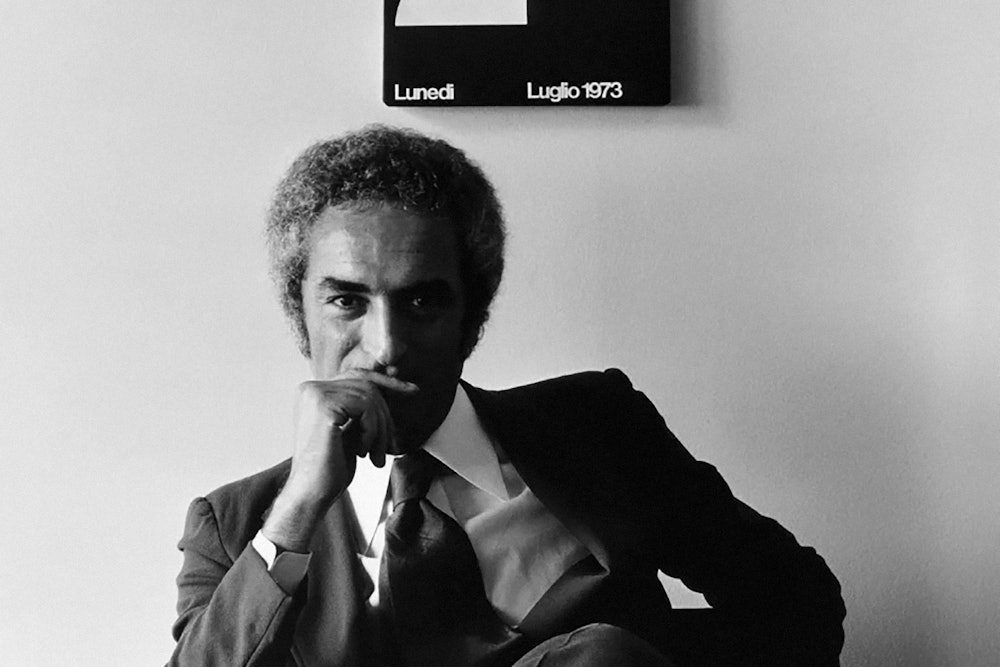
1967
Robert Cadwallader, the newly appointed head of marketing, retains Massimo Vignelli to design a new graphics program for Knoll.

Vignelli’s work established a new foundation for Knoll that continues to shape the brand today.



In the later part of the century and into the 2000s, Knoll continued to define furniture design through continued material and shape innovation.




Today, lead by SVP of Design Jonathan Olivares, Knoll brings forward their guiding principles through a continued practice of total design.

System: Translating the legacy
Designed to embrace the core ideas that define Knoll, the system echoes their use of material and space through the elements that have defined their visual identity.

The system is built on the same principles that have guided the design from the 40s through the 70s to today, reinforcing and carrying forward what has defined the brand over the years.

The earliest iterations of the brand were specific to H. G. Knoll Associates, followed by Matter’s work and the “circle K” in the 40s. Vignelli’s identity program continues to be the defining element of the brand today.

Building on the equity of the brand, the system maintains the iconic logo, unchanged.



The wordmark is used throughout the system as the primary piece of identification for the brand.




On products, color is used deliberately and precisely to reinforce the design of the space.

The brand palette maintains the use of Knoll red but expands to reflect the fundamental use of color in materials.
Helvetica has long been the defining typeface throughout Knoll’s history.


The system uses Neue Haas Grotesk from Commercial type→, a digitization true to the original drawings that shaped Helvetica, to create alignment with the proportions and forms in the Knoll logo.
Eliel Saarinen said “Always design a thing by considering it in its next larger context: a chair in a room, a room in a house, a house in an environment, an environment in a city plan...”. The system is designed to reflect this philosophy.
Each element in the system is used at either end of this spectrum, highlighting the small details that shape the big picture.
This visual approach reflects both the furniture in a space and the space itself, always considering its next largest context.
Throughout the system, the identity, type, color, and imagery are all used following this principle.
To document the system, online guidelines were produced through the Standards→ platform, outlining the use of each element individually as well as the full system.
Assets can be downloaded, added, or changed as needed as the system evolves alongside the brand and company.
Application: In use
In application, the system creates a principled but flexible toolkit that allows for a seamless combination of brand, product, and space.



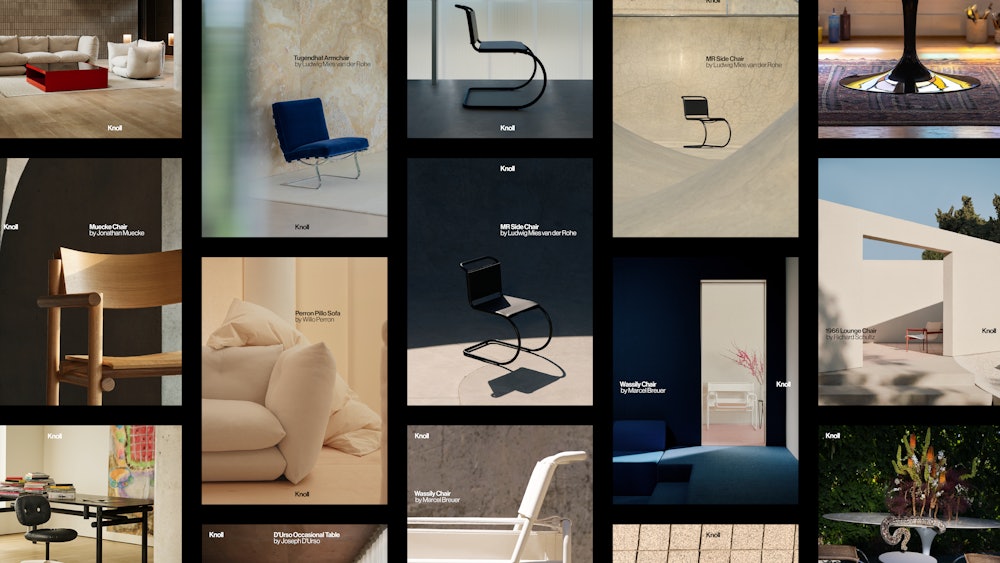



In use, the system creates harmony between brand, products, and space allowing each piece to inform and reflect one another.



Alongside the brand system, the in-house Knoll team lead an updated approach to art direction in photography that reflects the principles of the visual language with photography by Ludovic Balay, Jerry Hsu, Ben Colen, and Daniele Ansidei, among others.



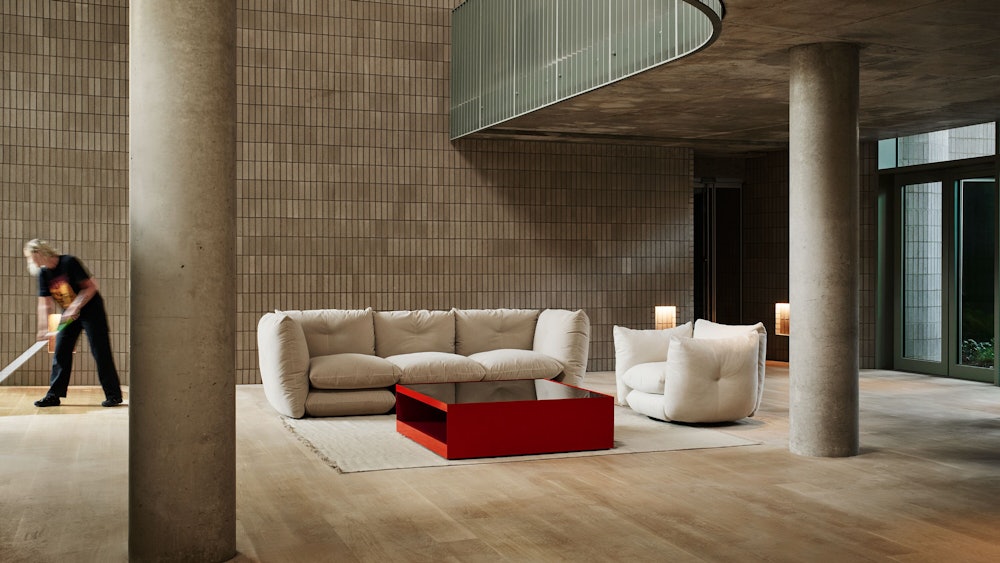
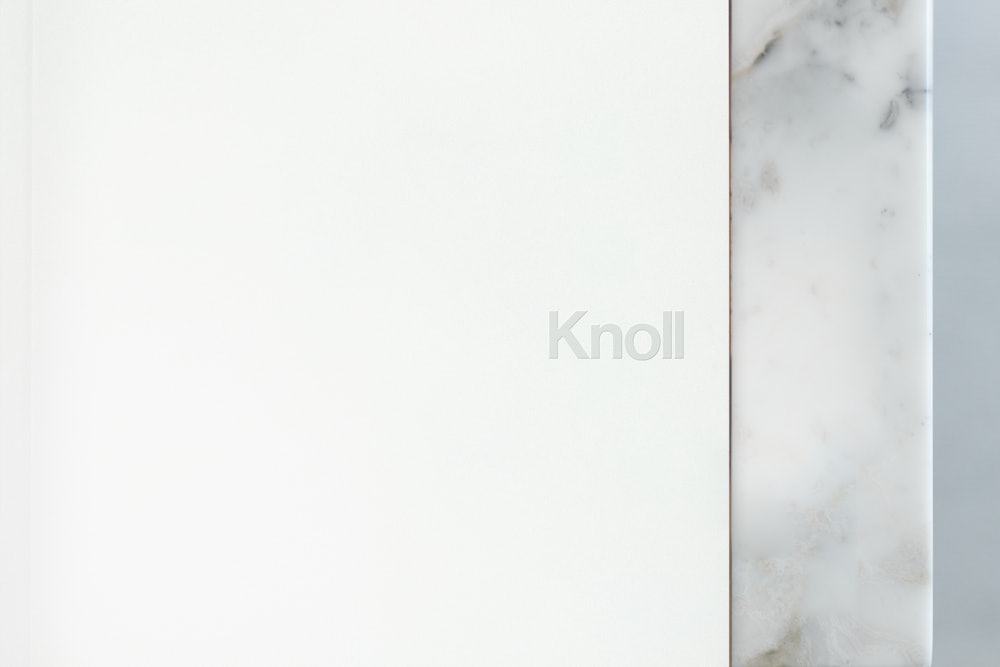

Additional credits
Thank you to Christina Colombo, Suzanne Michaels, Jonathan Olivares, Phyllis Aragaki, Tim Straker, Ryan Flores, Carly Cooper, Rachel Lipka, Amy Auscherman and the entire Knoll team for their support, trust, and collaboration.